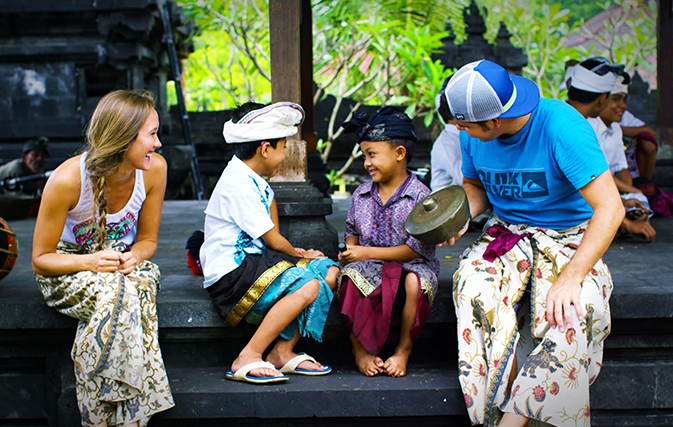TORONTO — To commemorate UNICEF World Children’s Day this year, G Adventures has unveiled new guidelines for travellers on how to interact responsibly with children during their travels.
The campaign, which was officially launched on Nov. 20, was developed in partnership with international child protection experts ChildSafe Movement, and Planeterra Foundation. A short, shareable video has been released to support the campaign, plus travellers are being encouraged to sign a pledge to be more responsible when interacting with children in the destinations they travel to.
This month, G Adventures became the first global travel company to be officially ChildSafe Certified. This is in recognition of the world that has been undertaken to safeguard children’s well-being, both with G Adventures’ travellers and staff.
According to the company, taking selfies with children, geo-tagging their location on social media, visiting school classrooms, and giving money and gifts directly to children are all potential harmful activities well-meaning travellers need to stop doing.
Here are some tips for travellers, as outlined in G’s child welfare guidelines:
- Photos: To local children, travellers are strangers. Be considerate and don’t take photos with children without their parent or guardian’s permission, and don’t geotag children as this can make them susceptible to trafficking and desensitize them to strangers.
- Classrooms: Interrupting a lesson is never okay. There are better ways to learn about local life than school classroom visits.
- Handouts and gifts: It’s easy to think a dollar or a gift helps children, but travellers should think about the long-term effects. Over time, this behaviour can force children to stay out of school to beg, leading to a cycle of dependency and poverty. Instead, donate to organizations that help youth and their families, such as G Adventures’ non-profit partner, Planeterra, which supports a number of youth and family projects globally.
- Safety: If you see a child in a situation that just doesn’t seem right, do the right thing and report it right away.
- Think about what you’d do in this scenario at home: if you wouldn’t do it here, don’t do it anywhere. Kids are kids, no matter where they live.
Jamie Sweeting, vice president of social enterprise and responsible travel at G Adventures, says the guidelines are the latest in G Adventures’ ‘G for Good’ suite of responsible travel initiatives, which are designed to help people travel better, and they complement guidelines for protecting wildlife, and Indigenous people and cultures.
“As a travel company we want to make sure we’re doing the best we can. With ChildSafe Movement’s help, we’ve developed a policy based on the global guidelines to govern all G Adventures’ operations, which is helping us make appropriate changes in how we educate our travellers, as well as our office and field staff,” she said.
Sweeting also added that the company has swept its digital assets and owned channels to ensure all its media complies with the guidelines, plus it has removed all classroom visits from its itineraries. G also completed an internal training program for all staff, and established a task force to monitor and report compliance with its policy.
“It will be an ongoing effort to continue to live up to our ChildSafe Certification,” said Sweeting.
For more information and to sign G Adventures’ pledge, go to https://www.gadventures.com/about-us/responsible-travel/child-welfare/.

